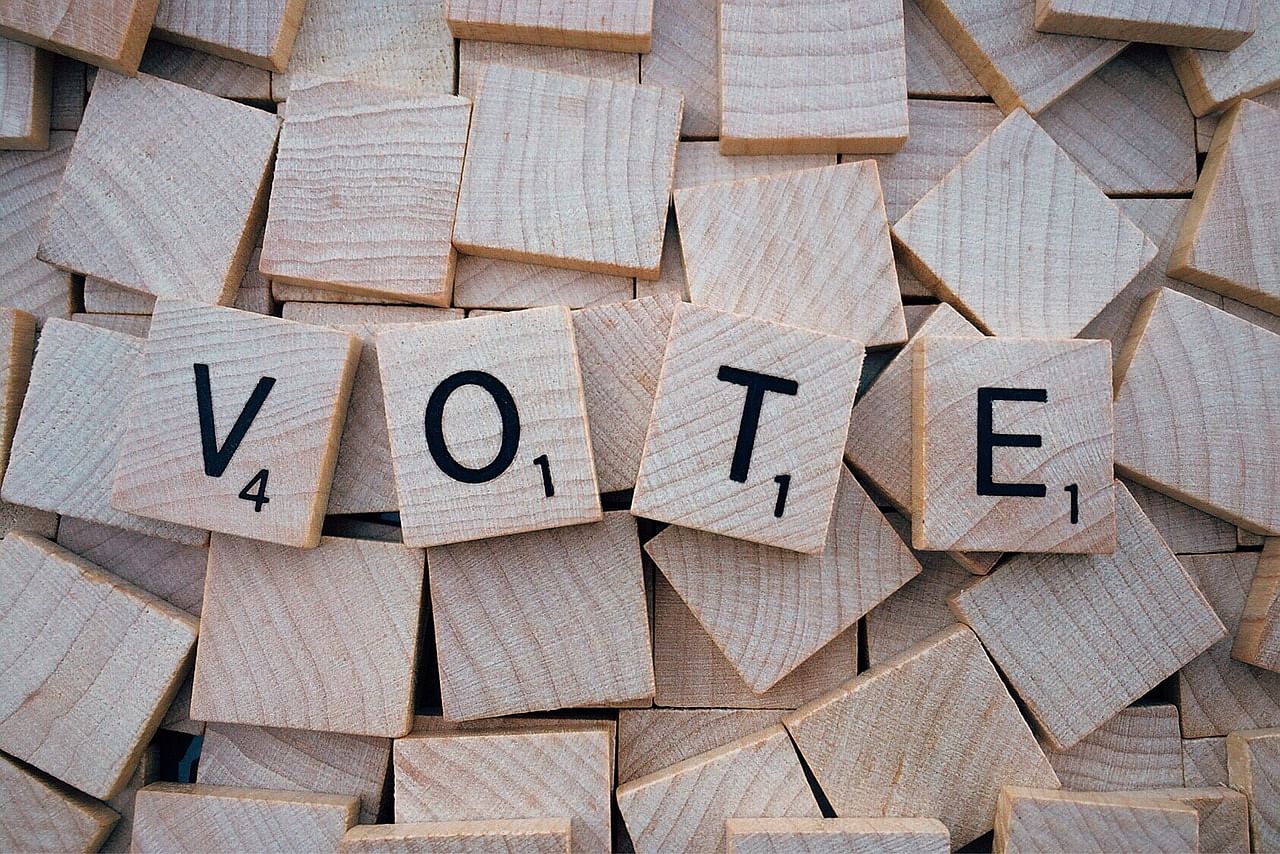With the Delhi Assembly Elections 2020 is around the corner and the counting will take place on Feb. 11. With less than a week left for the result, here's a lowdown of what happens on the counting day:
What happens to the EVMs and VVPATSs after I vote at my polling station until counting day?
At the end of polling in each station, the Presiding officer presses the 'close' button on the control units of the EVMs. The EVMs and VVPATs are then sealed in carrying cases. The polling agents of the sealed carrying cases. The EVMS and VVPATs are transported, under armed security, to district headquarters or sub-divisions. They are stored in a 'strong room' and the room is sealed off in the presence of the candidates or their representatives and EC observers.
Are the EVMs, VVPATs secure in the strong rooms?
Candidates and their representatives can keep watch round-the-clock outside the strong rooms, which are under camera surveillance and guarded by security personnel, till counting day Each strong room has only one entry point and is secured by a double lock, with the District Election Officer and Deputy District Election Officer each having the key to one lock. The EC monitors the transportation and storing of the EVMs through its GPS based 'EVM Monitoring System'.
What happens on counting day?
The strong rooms are opened in the presence of the candidates or their representatives, returning officers and EC Special Observers. The process is filmed. The Control Units (CU) of the EVMs are brought to the counting tables under continuous CCTV coverage. The unique ID number of each CU and the signed seal are verified and swab to the polling agent of the candidates before taking out. At the press of a button on the CU, the votes secured by each candidate is displayed against his name on the EVM. The numbers are recorded on the results sheet.
What are VVPATs for?
VVPATs were introduced after controversy arose that EVMs could be manipulated. The charge was made by the BJP during the UPA regime. now, the opposition is making the charge. When you vote, the VVPAt machine briefly displays who you voted for on a piece of paper. That piece of paper is retained in the machine for tallying with the votes on the EVM on counting day. Thus, it's like checking a paper ballot against an electronic vote.
Will all paper votes on all VVPATs be counted and matched against the electronic votes?
No. The EC had so far matched the paper votes and electronic votes on one randomly selected EVM-VVPAT set per assembly segment. Opposition parties have demanded that it be done on 50 percent of EVM-VVPATs. The Supreme Court has ordered the EC to do it on five EVM-VVPATTs per assembly segment.
How are the VVPATs selected for counting paper slips?
The VVPATs to be taken up for counting paper slips are randomly selected through 'draw of lots' conducted by the Returning Officer in the presence of the General Observer and the candidates or their representatives. The paper slips are counted in a secure VVPAT counting booth, in camera inside the counting hall after the last round of counting of votes on the EVMs in the constituency.
What happens in case of discrepancy between voters on the paper slips and the EVM?
In case of a mismatch, the paper slips of the particular polling station are recounted. If the discrepancy persists, the count established by the paper slips prevails over the EVM vote count. and the numbers entered in the result sheet are amended accordingly. Some opposition parties have demanded that if such a discrepancy occurs, the EC should order the counting of paper slips of all VVPATs in that constituency.
